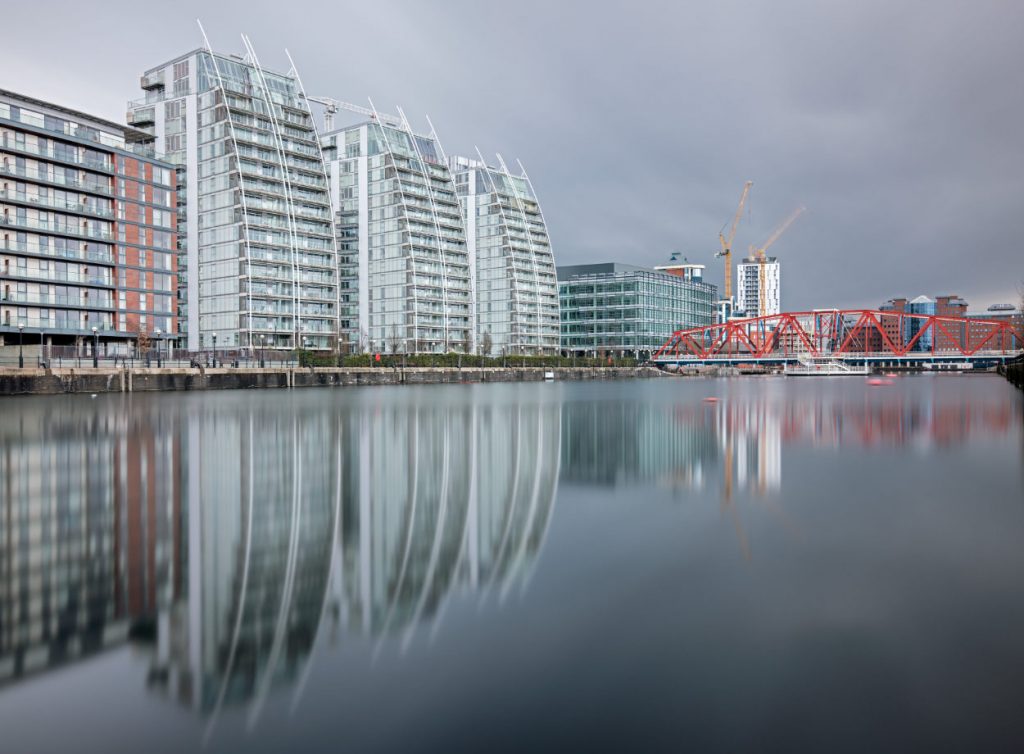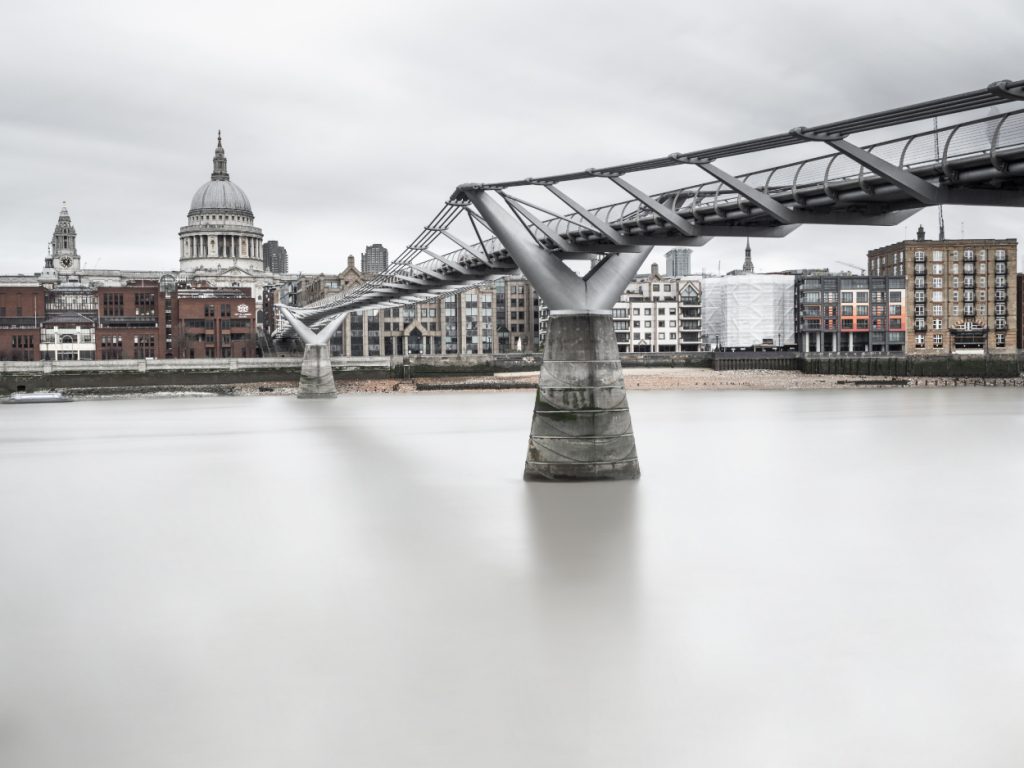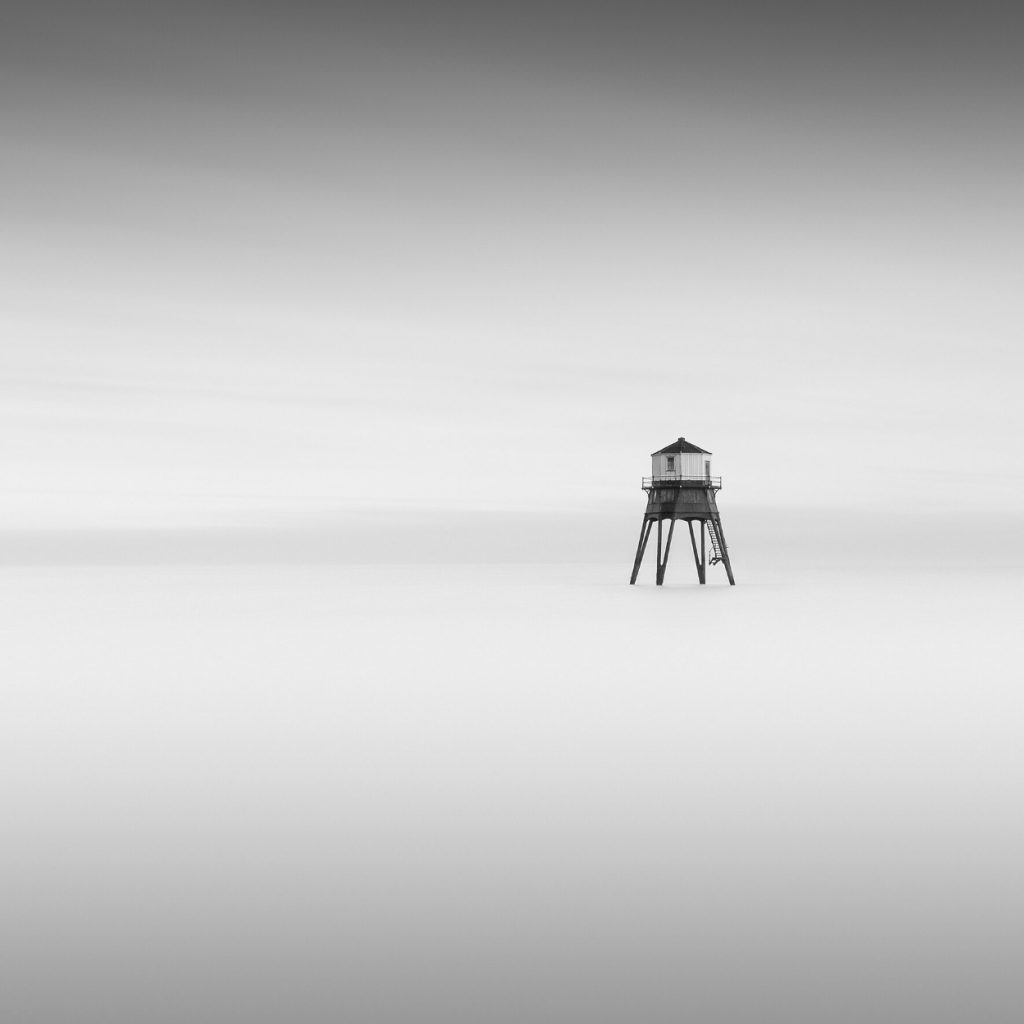Kase Buyers Guide: Neutral Density Filters
Kase Buyers Guide: Neutral Density Filters
If you’re just starting out in your filter journey, you will have come across a multitude of filters, so where do you begin? What stops do you need? Do you need graduated filters and what about variable density or filters for astrophotography? This ND Buying guide will help guide you through what is right for you and what to avoid.
Let’s start with fixed f-stop neutral density (ND) filters. Each ND filter will reduce the light reaching the camera sensor by a number of f-stops. The higher the f-stop, the less light is allowed to reach your camera sensor.
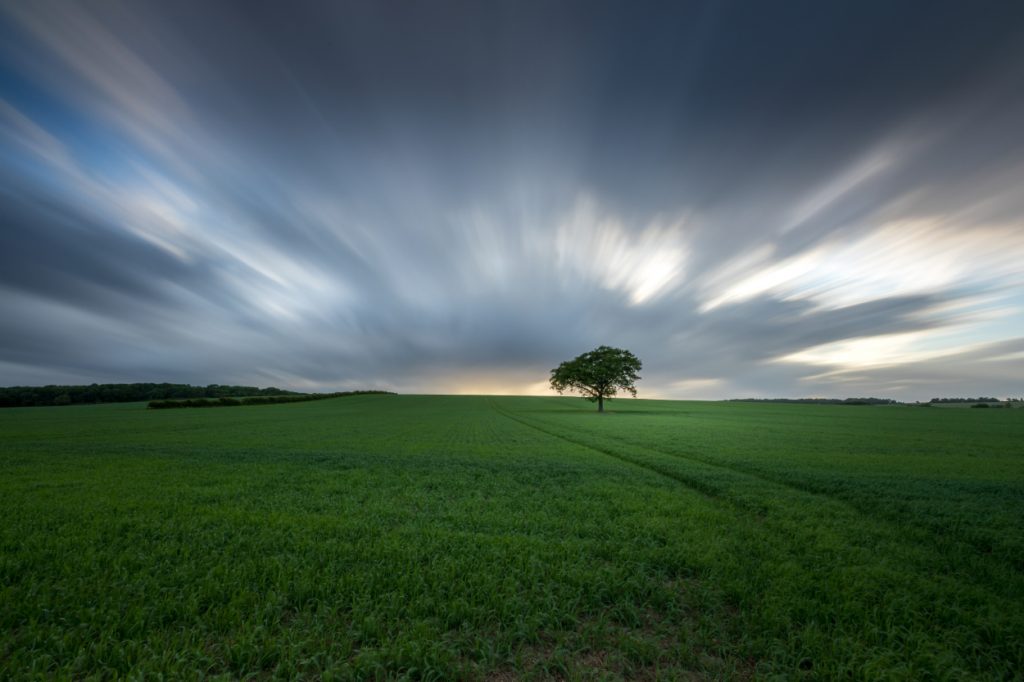

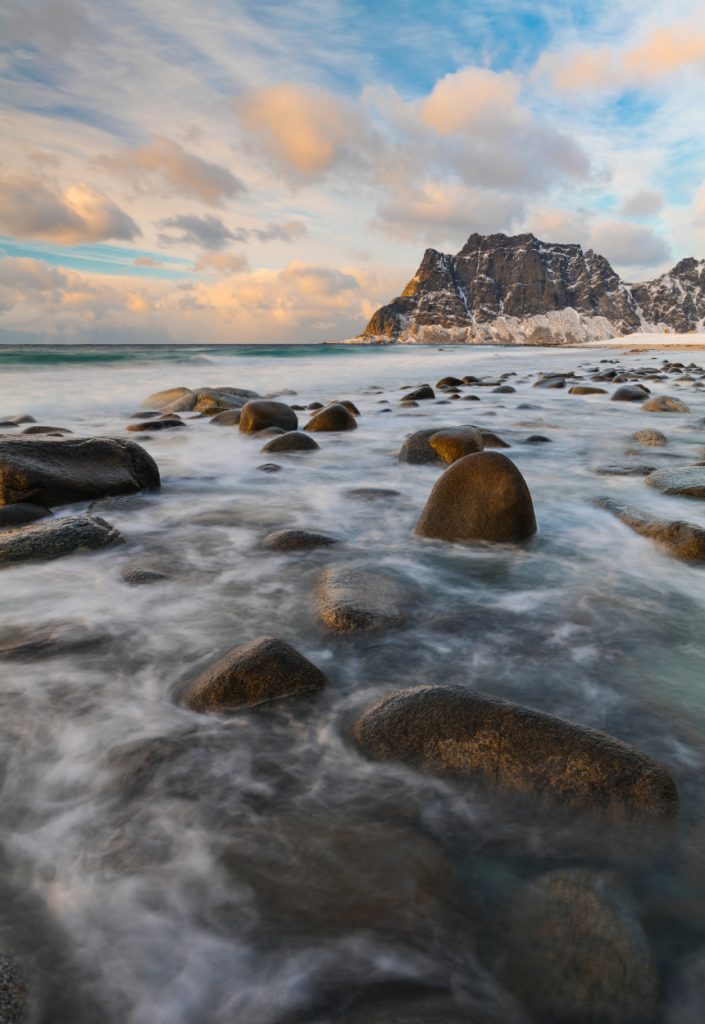
3-stop ND Filter
The 3-stop ND filter is best for wedding, portrait photographers and videographers, but also very helpful for landscape photographers where long exposures are not required.
If shooting weddings, portraits or video where you require a shallow depth of field, combined low ISO for the cleanest photographs, the 3-stop ND is best suited. In bright and consistent lighting, the 3-stop ND will allow you to shoot wide open with f/2.8-4, whilst maintaining ISO 100-200 with a fast shutter speed to freeze any movement.
For landscape photographers a 3-stop is often over looked but can become very helpful around sunrise and sunset where you may not want a long exposure, as to capture cloud definition and creating more impact in your photograph. A 10-stop is not particular suited for sunrise and sunset as it often goes beyond the ideal exposure range and can result in exposure times that exceed the sunrise or sunset itself.
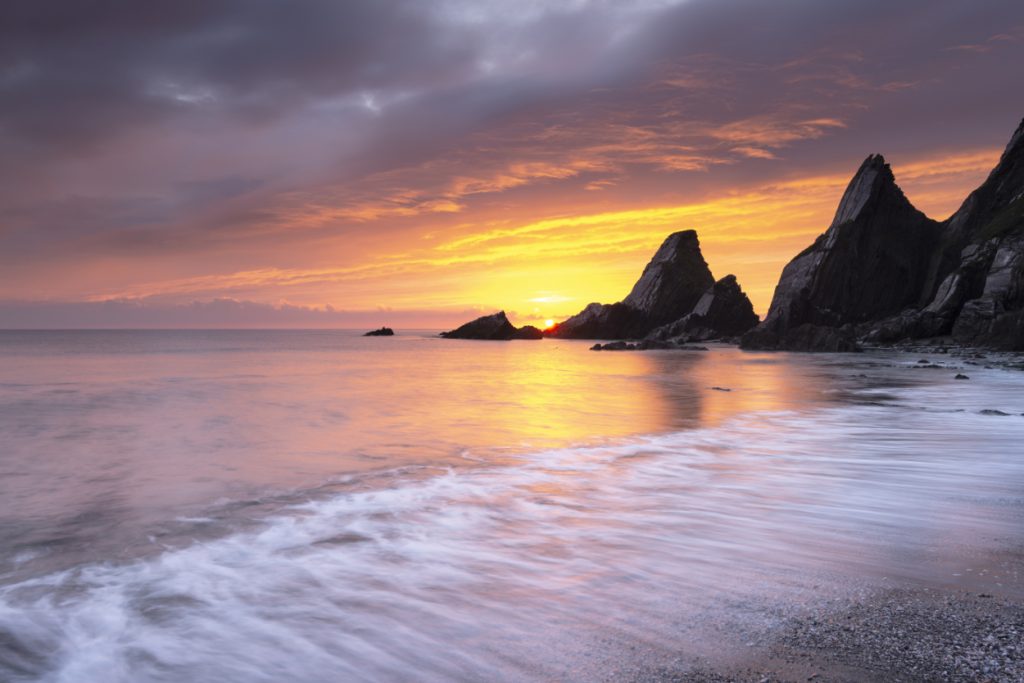
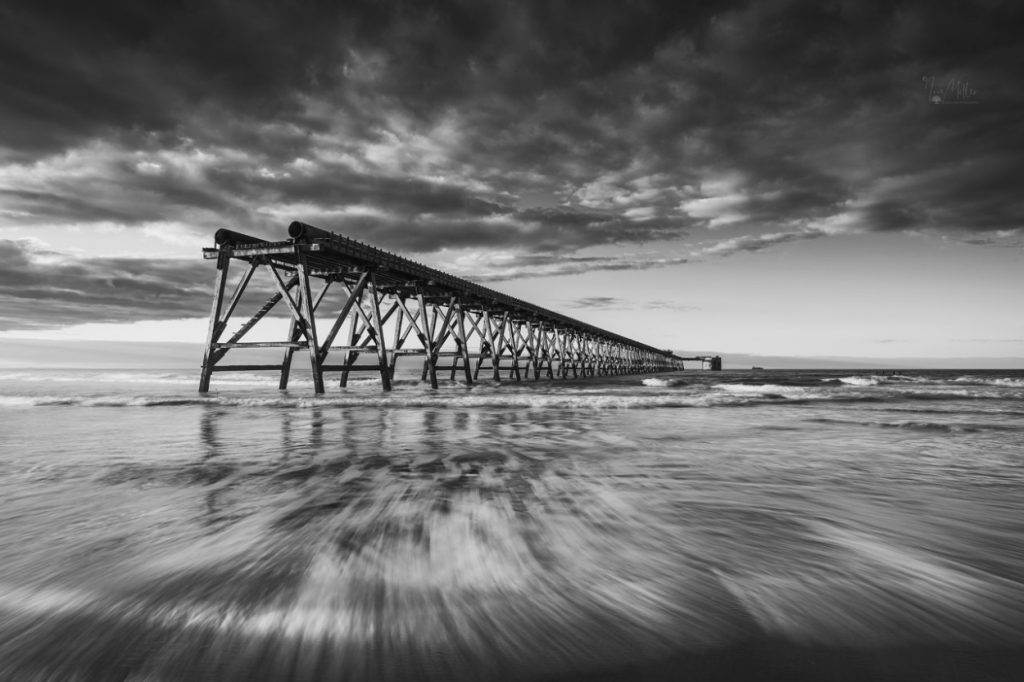
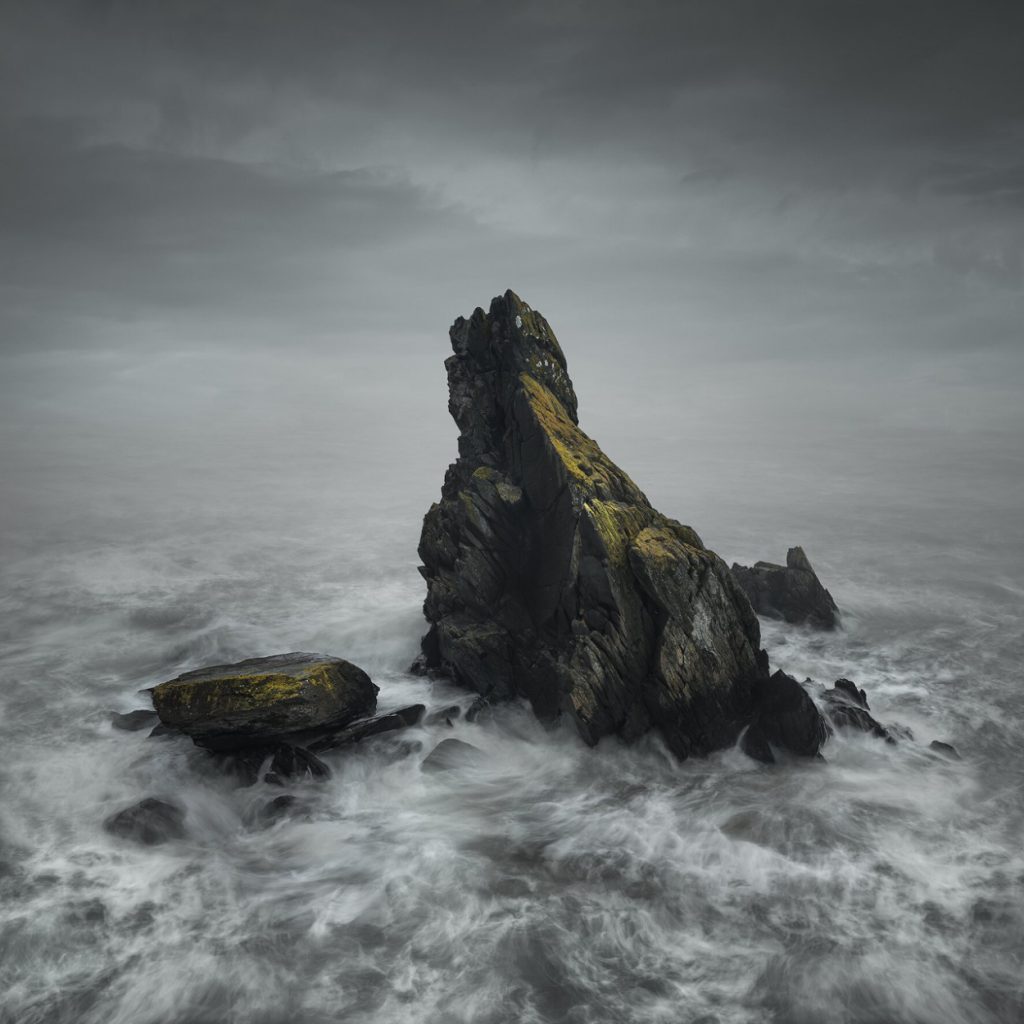
6-stop ND Filter
The 6-stop ND filter is a landscape photographers second best friend. Right next to the tripod. A 6-stop ND filter is great for anyone who wants to shoot long exposure sunrise or sunsets, waterfalls and capture moving water. It is without doubt one of the most used and versatile fixed ND filters.
Most landscape photographers, if you asked them what one filter would you only carry in to the field, would be the 6-stop ND. A 6-stop ND is the ideal filter for shooting waterfalls, cascading rivers and sunsets in the mountains, or even on the coast and urban environments where you want to reduce human movement from a composition.
If you primarily shoot landscapes and work in the outdoors then acquiring a 6 stop would be highly recommended.
Anyone looking to shoot coastal, urban environments and abstract Black and White photographs, a 10-stop ND is the better choice, however also consider shooting with a 6-stop at low ISO range 50-100 or stacking a 3-stop and 6-stop for great versatility.

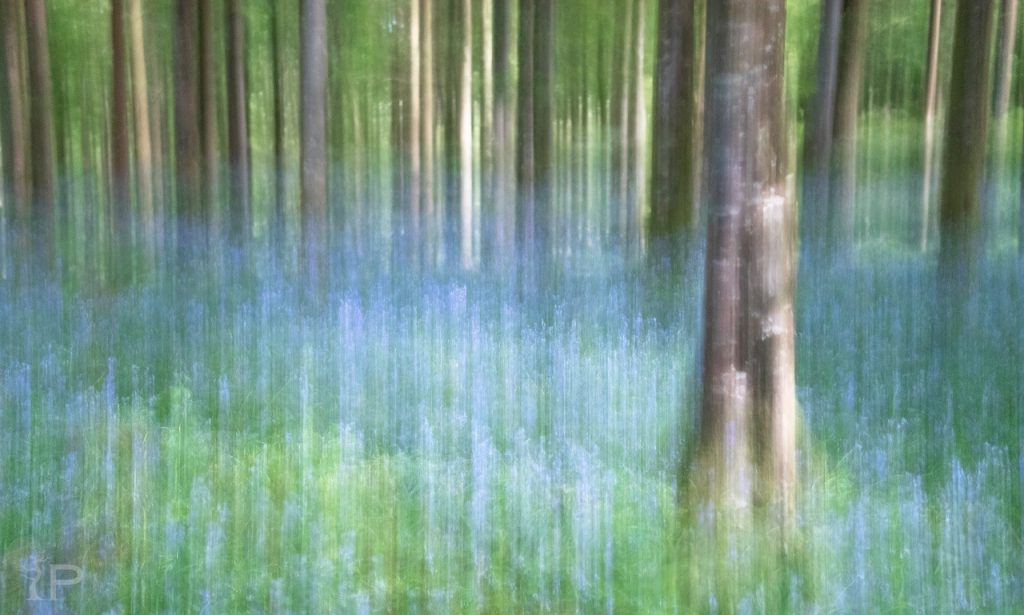
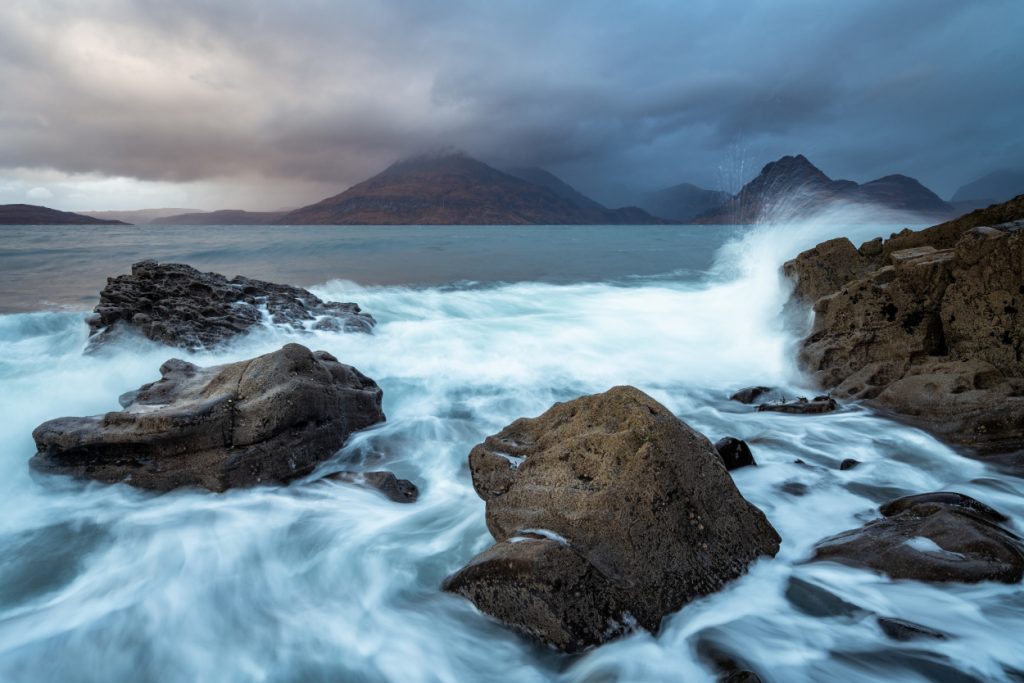
10-stop ND Filter
The 10-stop ND filter is a must for anyone considering coastal long exposures or abstract Black & White or urban long exposures, especially in brighter light conditions. With a 10-stop ND filter you can push exposure times beyond many cameras maximum standard shutter speeds which is typically 30-60 seconds depending on the brand and model of camera.
This means using remote shutters or Intervalometers you control shutter speeds as you will typically be working in minutes, not seconds, because of this you can achieve some dramatic results if the technique and composition are strong. In summary, the 10-stop ND filter isn’t suitable for sunrise or sunsets and often not the primary choice for many landscape photographers working in wooded or mountainous regions. More often is the prime choice for many coastal photographers, wishing to prolong exposure times and to achive clean and minimalist compositions.
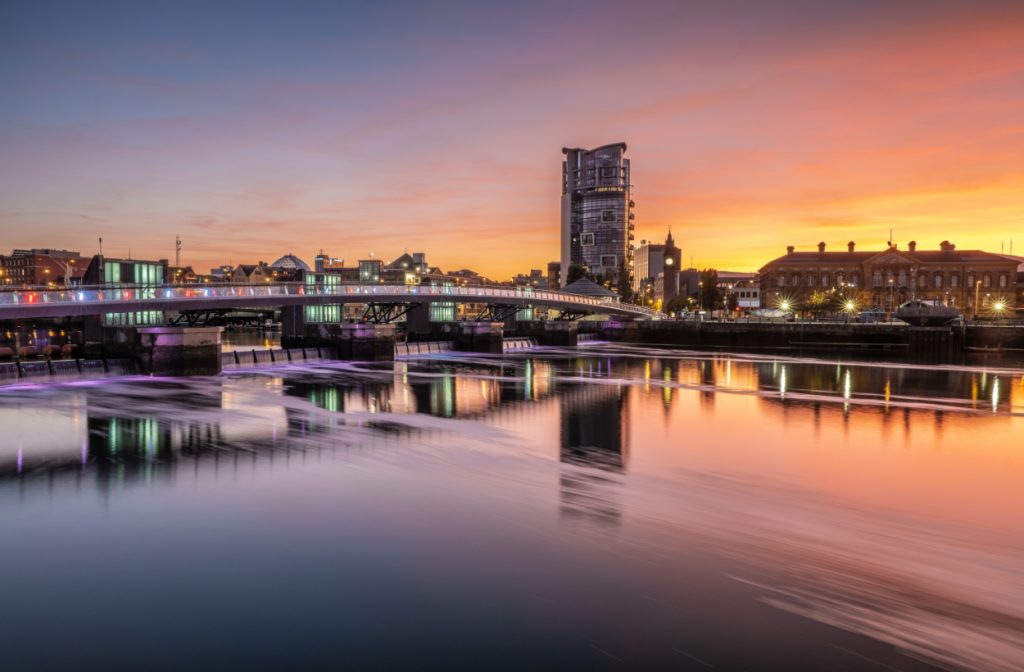
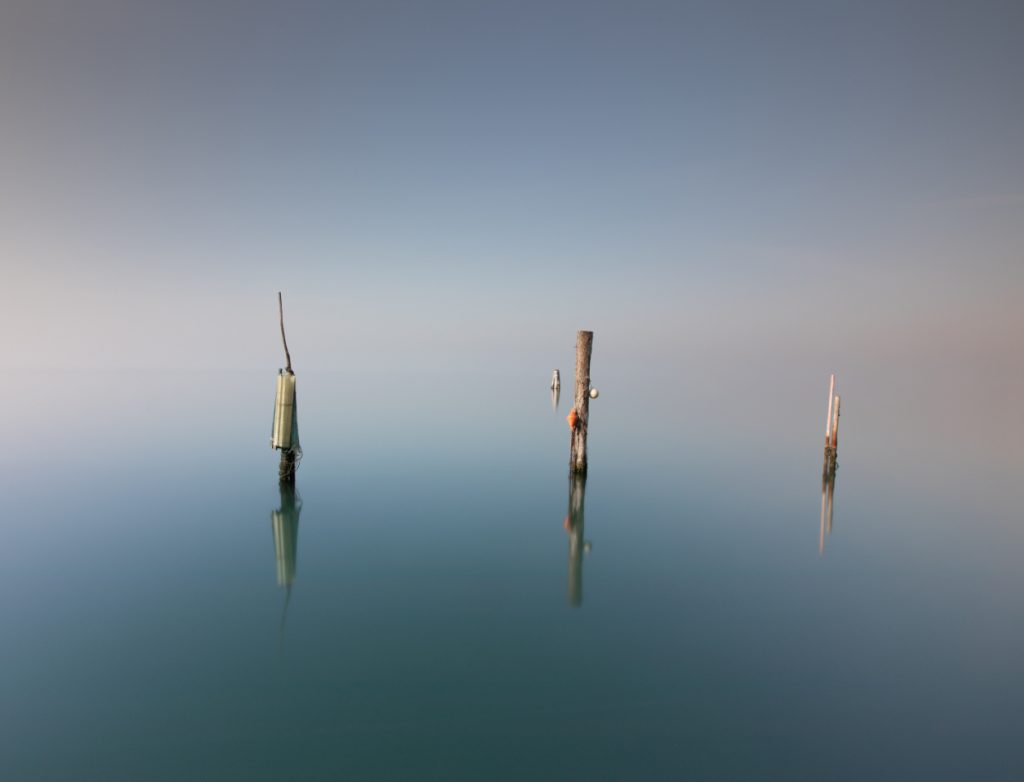
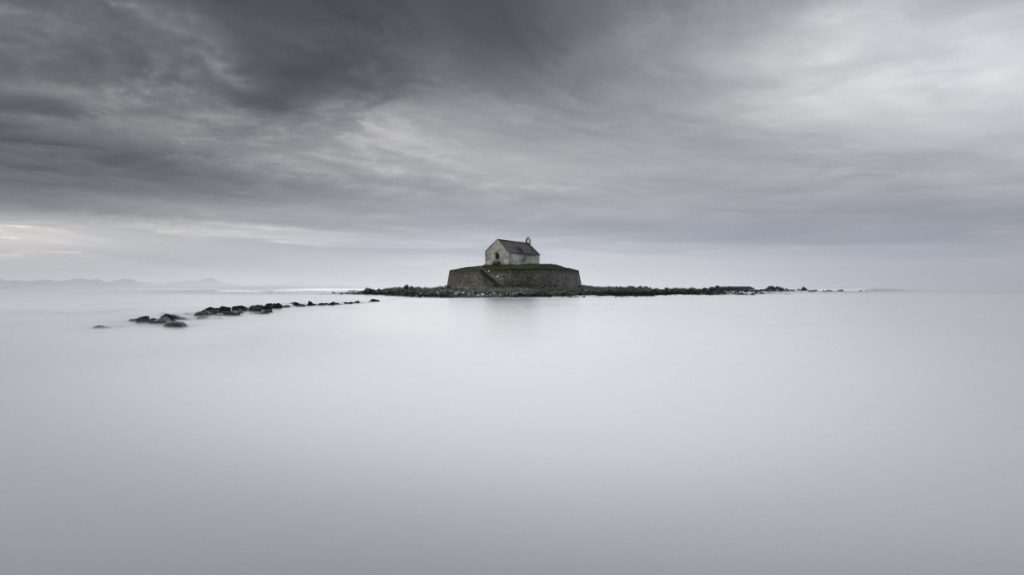
16-stop ND Filter
The 16-stop ND filter can be considered a specialist filter, this is used almost exclusively with landscape photographers wishing to achive long exposure times resulting in ethereal cinematic images.
A 16-stop ND filter is almost exclusively used in coastal or urban environments to extended the shutter speeds in to minutes and will require gradient filters to help control the balance of light across the composition. This choice of filter often requires more skills out of camera, with increased use of post-processing with programmes such as Adobe Photoshop to blend and stack exposures.
Some difficulties in this area of photography comes from colour casting. Cheaper resin ND filters can impact the colour balance and result in unpleasing casting across the photograph. Using a premium filter, such as Kase’s Wolverine glass which has virtually no colour casting, makes your work visually more pleasing and means less work in post production, fixing casting issues from filters.
For this reason, the 16 stop ND filter would be advised when you are a confident in long exposure photography.
